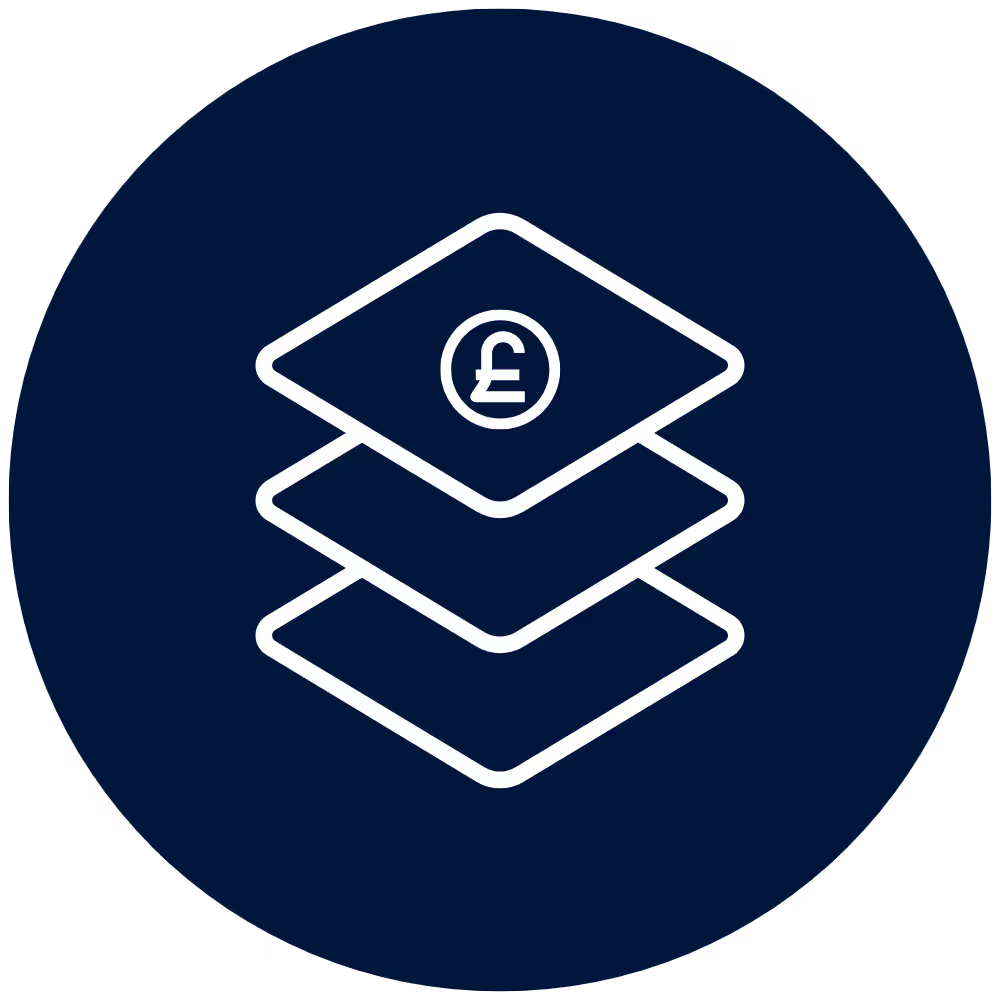Redefine healthcare connectivity and navigation.
Deliver unmatched support and convenience with Guest WiFi and Interactive Maps, elevating the patient journey from start to finish.
- Enhance patient experience
- Improve operational efficiency
- Ensure accessibility for all














Transforming patient journeys with digital solutions
Unlock a Connected, Patient-Centered Healthcare Experience
Leverage WiFi and maps to improve navigation, boost connectivity, and gather insights for optimized patient care.
Simplify Navigation with Interactive Maps
Empower patients and visitors with precise indoor navigation. Guide them effortlessly to their destinations within your facility, reducing stress and improving overall satisfaction.
Stay Connected with Secure WiFi
Provide patients and visitors with fast, secure WiFi access, ensuring seamless communication with loved ones and healthcare providers. Enhance their experience with reliable connectivity.
Optimize Operations with Valuable Analytics
Gather actionable insights from WiFi and mapping data to streamline facility operations. Improve patient flow, reduce wait times, and enhance the overall care experience.
Secure and optimize your healthcare network
Protect sensitive patient data and ensure network reliability. Implement strict threat protection, preserve bandwidth by blocking non-essential streaming, and enforce SafeSearch to prevent phishing while managing content in treatment and waiting areas.

Integrated connectivity and navigation
Elevate patient satisfaction and operational efficiency using Purple's WiFi and Map solutions.
.avif)
Guest WiFi for healthcare
Keep everyone connected with high-speed WiFi designed for healthcare environments
- Provide fast, secure internet access
- Capture insights to personalize patient care
- Use analytics to refine strategies and boost satisfaction

Interactive Maps for healthcare
Guide patients and visitors effortlessly through your healthcare facility
- Reduce stress & anxiety with turn-by-turn directions
- Improve patient experience with EHR integrations
- Improve efficiency and avoid staff interruptions

.svg)
Purple knows their tech but it’s their people and their dedication to their jobs and professionalism that stand out. They understand that digital wayfinding in a healthcare environment is more than just downloading a mobile app.
8
Campuses with more than 800 physicians across 200 specialties
52
Acre campus hosting 1 college, 4 health sciences schools, an academic medical center and more
850k
Appointments and visits to the campus every year
Find the perfect fit for your healthcare facility.
Toggle between Guest WiFi and Interactive Maps pricing to explore scalable options designed to enhance patient experience and operational efficiency.
Connect
- Secure captive portal
- Branded splash pages
- 25 supported languages
- Network analytics
- Monitor speed and venue coverage
- Compliance with major data laws
Capture
- First-party data capture
- CRM integration
- Detailed WiFi analytics
- Behavioral insights
- Email address verification
- Access to our support team
Engage
- Customized access journeys
- Personalized communications
- Advanced WiFi analytics
- Full suite integrations
- Passpoint and profile authentication
- Fully managed service options
Explore
- Fully flexible, branded Map
- POI display and information
- Venue and Map analytics
- Pre-visit planning features
- Toggle accessible routes
- Language recognition and translation
Get started with Purple
Make the most of your Guest WiFi for Hospitality with our handy resources.












